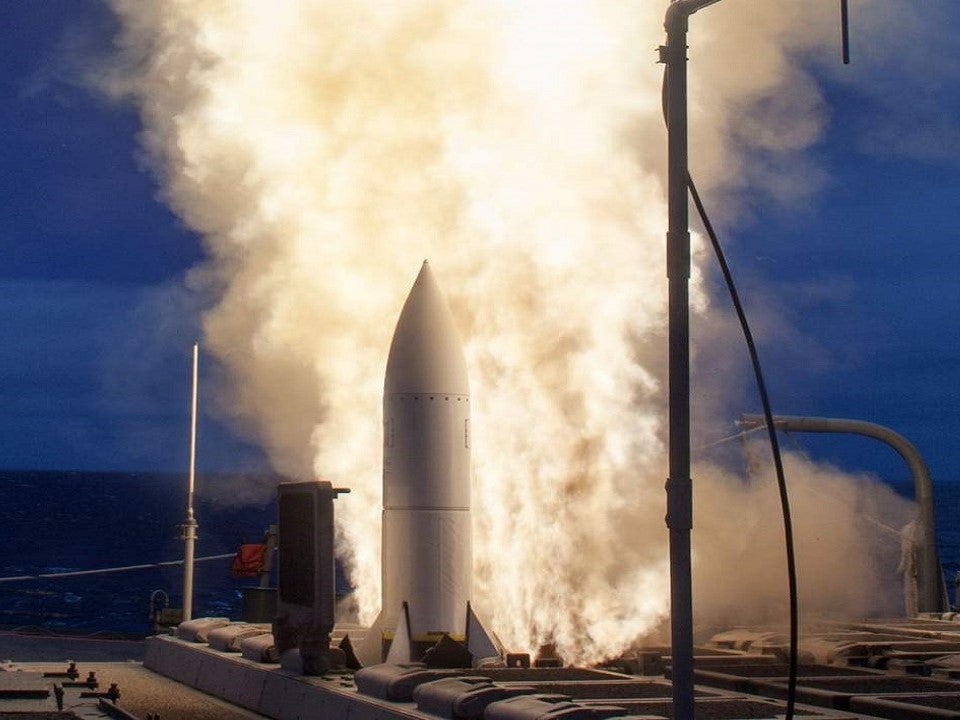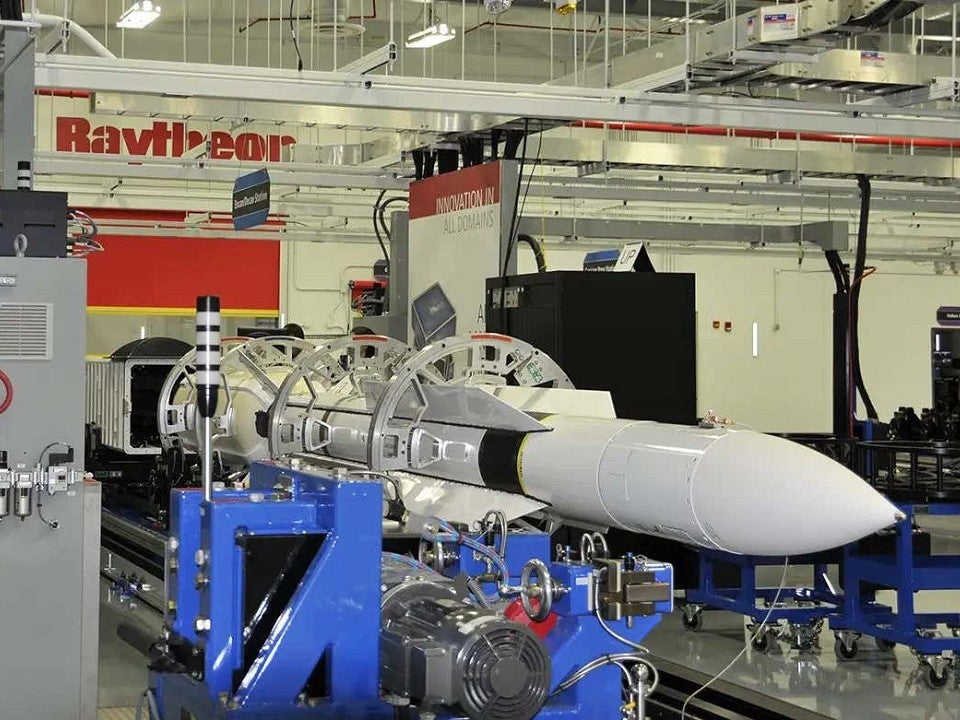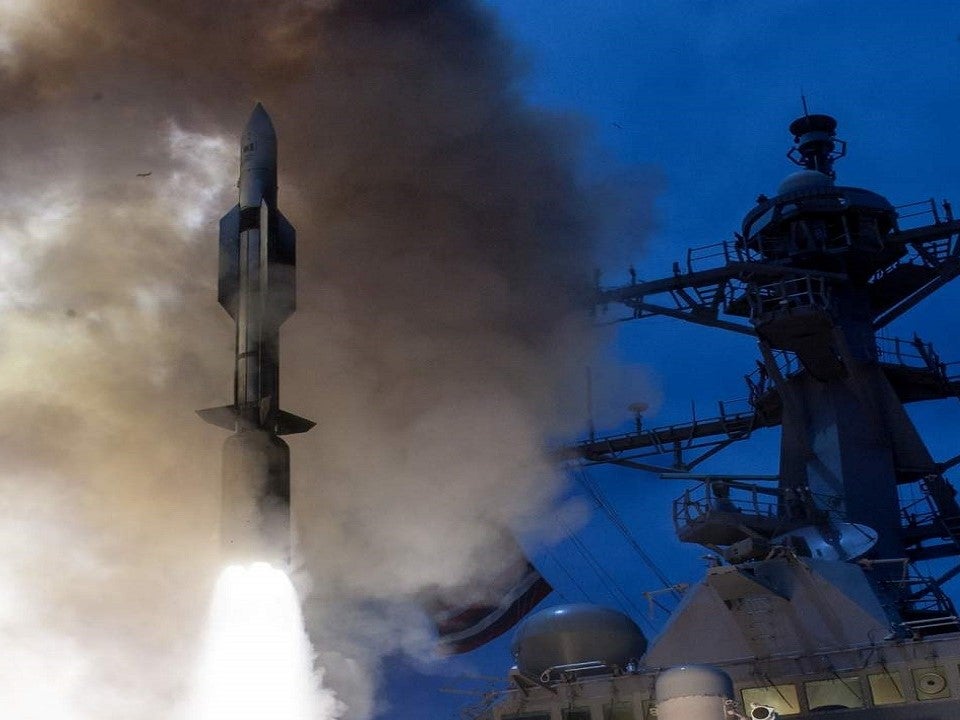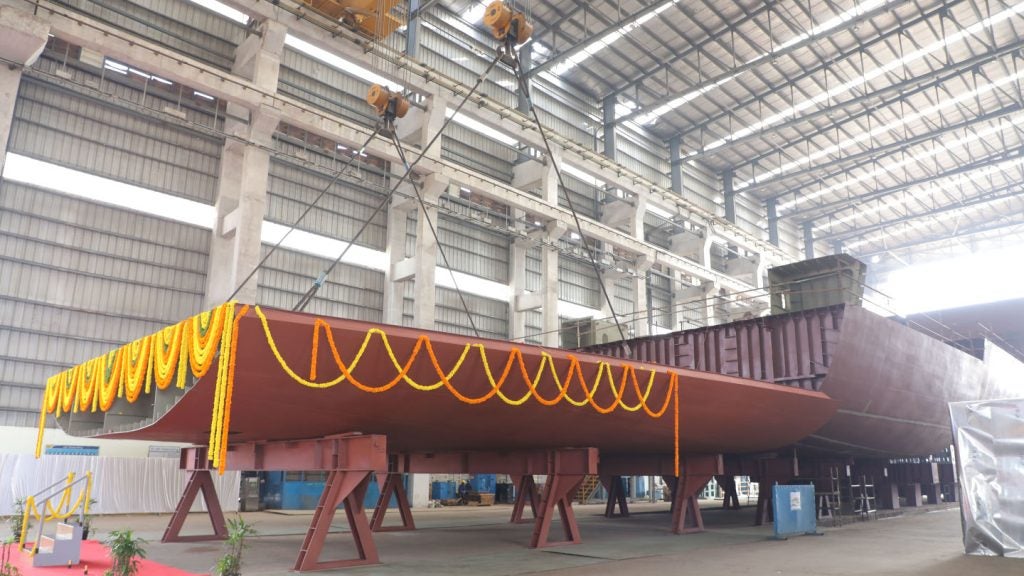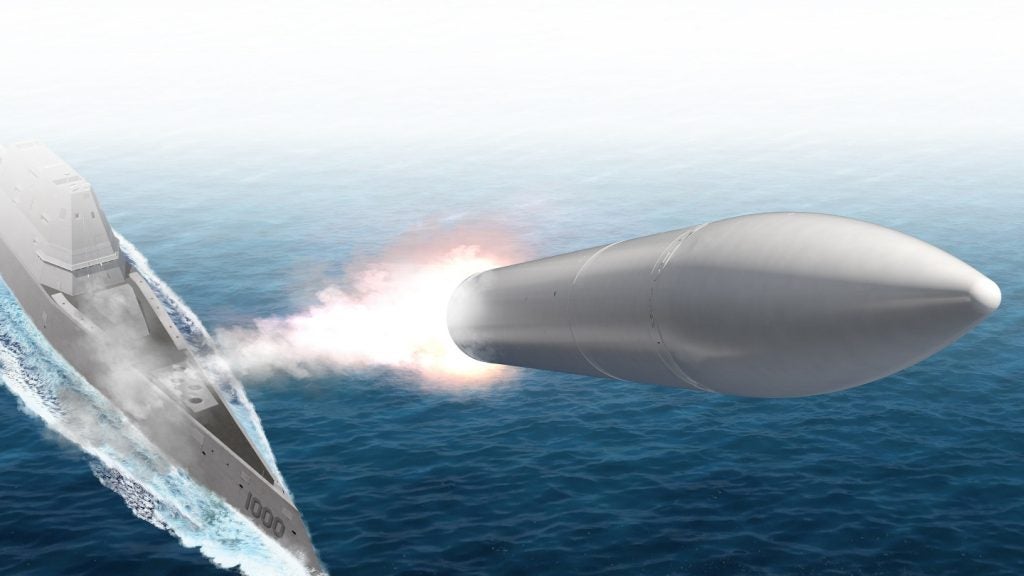The Standard Missile-6 (SM-6), also known as RIM-174, is a ship-launched anti-air and anti-surface interceptor missile developed by Raytheon Company. The SM-6 is part of Raytheon’s STANDARD missile family, which also includes Standard Missile-1, Standard Missile-2 and Standard Missile-3.
The SM-6 is the first missile of its kind, with anti-air, anti-surface and sea-based terminal defence capabilities, which enable it to intercept ballistic and cruise missiles. The first SM-6 missile was deployed by the US Navy in December 2013.
The missile showed its ability to protect ships from the threats of ballistic missiles in their final seconds of flight in 2015. In 2016, the SM-6 missile successfully hit its first surface target, strengthening the US Navy’s concept of dispersed lethality, the ability to attack from any ship or position.
The SM-6 is capable of being deployed aboard 60 surface ships in the fleet and the company has already supplied more than 500 missiles to the US Navy.
With upgraded software, the missile successfully intercepted a ballistic missile target in its final phase of flight in 2017.
SM-6 variants
The SM-6 missile is being offered in three variants namely SM-6 Block I, SM-6 Block IA and SM-6 Dual I.
The SM-6 Block I variant was initially deployed on-board the aegis destroyer, which is built around the aegis combat system. The new variant is powered by a highly sophisticated rocket booster and advanced rocket motors. It has gone through a number of tests and intercepted cruise missiles successfully.
The SM-6 Block IA has advanced inbuilt hardware and software systems to overcome the technical glitches involved in the previous variant. It successfully engaged a subsonic cruise missile during a test launch in 2014.
The SM-6 Dual I variant is specifically developed to strike a ballistic missile in the final stages of flight. It is embedded with dual capability, which enables it to counter both ballistic and cruise missile targets. It will become an integral part of the US Navy’s Sea-Based Terminal programme.
Orders and deliveries of SM-6
The US Navy placed a contract worth $93m with Raytheon for the low-rate initial production (LRIP) of the SM-6 missile in September 2009. The first missile was delivered to the US Navy in April 2011.
In September 2013, Raytheon received a $243m contract to manufacture 89 new SM-6 missiles, enabling the full-rate production of the missile.
Raytheon was awarded a $235m contract by the US Navy to supply the advanced SM-6 missiles and associated spare parts in January 2017. The company’s production centre in Alabama supports the final assembly of SM-6 missiles.
Development and testing of Standard Missile-6
The Block I variant successfully engaged a cruise missile target during an initial test in 2014. It recorded two successful test flights simultaneously in 2015, demonstrating its ability to intercept targets.
The SM-6 Dual I destroyed a short-range ballistic missile target at sea during a first-of-its-kind test in August 2015. Two missiles were successfully test-fired against a medium-range ballistic missile target at sea in December 2016.
In August 2017, the US Navy test-fired a SM-6 Dual I missile from the aegis combat system. The missile successfully destroyed a ballistic missile in its terminal phase. After deployment in 2013, the SM-6 underwent rigour tests under the US Navy and secured initial operating capability (IOC) in 2013. It obtained full operational capability (FOC) in December 2017.
The US Department of Defense announced the sale of the SM-6 missile to a number of allied nations looking to strengthen their shipbuilding projects in 2017. Raytheon secured regulatory approval from the US Department of Defense for exporting SM-6 missiles to US partner nations across the globe.
The most recent variant, SM-6 Block IA missile completed its final land-based test in 2017 and entered the at-sea testing phase in 2019.
Standard Missile-6 design and capabilities
The SM-6 is designed as a surface-to-air missile that can be launched from the MK 41 vertical launch system (VLS) canister of a carrier ship. It is an extended range active missile (ERAM) that uses the sophisticated signal processing and guidance technologies of the AMRAAM (Advanced Medium-Range Air-to-Air Missile).
The SM-6 missile has a length of 6.6m and diameter of 0.5m. It weighs 1,500kg and carries a 64kg blast fragmentation warhead. The interceptor uses semi-active homing and active homing guidance to achieve accurate engagement of the assigned targets.
Propulsion
The SM-6 missile leverages the first stage propulsion system of Mk 72, which was developed by Aerojet Rocketdyne. It also integrates a moveable nozzle thrust vector control (TVC) system.
The second stage of the propulsion system uses Aerojet Rocketdyne’s Mk 104 dual thrust rocket motor (DTRM).

